Microchip TC1015 Bedienungsanleitung
Microchip
Nicht kategorisiert
TC1015
Lies die bedienungsanleitung für Microchip TC1015 (28 Seiten) kostenlos online; sie gehört zur Kategorie Nicht kategorisiert. Dieses Handbuch wurde von 9 Personen als hilfreich bewertet und erhielt im Schnitt 4.3 Sterne aus 5 Bewertungen. Hast du eine Frage zu Microchip TC1015 oder möchtest du andere Nutzer dieses Produkts befragen? Stelle eine Frage
Seite 1/28

Analog and Interface Solutions
www.microchip.com/analog
Portable Power Conversion Design Guide

2Portable Power Conversion Design Guide
Design Guide
Introduction and Contents
DC/DC Conversion
Step-Down (Buck) Switch Mode Power Converters
Portable power conversion applications present unique and challenging design considerations. Innovative, small electronics
require solutions with small footprints. In order to maintain battery life, portable applications require both high conversion
efficiency and low standby power dissipation. Multi-cell battery packs may require step-down (buck) conversions and single
cell batteries often require step-up (boost) conversions to maintain consistent power levels while the batteries discharge.
Some products require constant voltage regulation for microcontrollers, sensors or RF signal processing; while some
circuits need constant current regulation for backlighting or battery charging. Microchip offers a broad array of solutions
which feature small package sizes, high-efficiency, low standby power, accuracy and versatility solutions to solve these
portable power conversion challenges.
Table of Contents
Step-Down (Buck) Switch Mode Power Converters . . . . . . . . . . . . . . . . . . . . . . . 2
Linear (Low Drop Out) Regulators . . . . . . . . . . . . . . . . . . . . . . . . . . . . . . . . . . 9
Step-Up (Boost) Switch Mode Power Converters . . . . . . . . . . . . . . . . . . . . . . . 12
Backlighting Solutions with Switching Regulators . . . . . . . . . . . . . . . . . . . . . . 17
Backlighting Solutions with Charge Pump DC/DC Converters . . . . . . . . . . . . . . 19
Linear Battery Chargers . . . . . . . . . . . . . . . . . . . . . . . . . . . . . . . . . . . . . . . . 20
Programmable Battery Chargers . . . . . . . . . . . . . . . . . . . . . . . . . . . . . . . . . . 22
Application Notes and Demonstration Boards . . . . . . . . . . . . . . . . . . . . . . . . . 24
Step-Down (Buck) Switch Mode Power Converters
For wide input range voltage sources and high output current applications switch-mode power converters offer a significant
increase in efficiency compared to linear regulators. This results in longer battery run time in portable applications.
Step-down or buck converters are used to regulate an output voltage that is always lower than the source voltage. Using
inductors and capacitors for energy storage allows buck converters to commonly be more than 90% efficient, and under
some circumstances they can be more than 95% efficient.
Microchip offers a wide selection of buck converters and PWM controllers. Many of them are specifically designed to convert
power from NiMH, Ni-Cd, Li-Ion, Alkaline multi-cell or 12/24V SLA batteries. Converters integrate power MOSFET switches
used to commutate the supply current, while controllers rely on external power MOSFETs in diodes to switch the converter
current. Synchronous converters rely on two MOSFETs working together to control the current flow, while asynchronous
converters replace one MOSFET with a freewheeling power diode. Synchronous converters deliver higher efficiency for low
output voltages, especially less than 3.3V, while asynchronous converters work well for higher output voltages.

3
Portable Power Conversion Design Guide
DC/DC Conversion
Step-Down (Buck) Switch Mode Power Converters
MCP16301/H 36V Input Voltage Non-Synchronous Buck Converter
The MCP16301 is a highly integrated, high-efficiency, fixed-frequency, step-down DC-DC converter in a popular 6-pin SOT-23
package. This converter operates from voltage sources up to 30V, including the integrated high-side switch, fixed-frequency Peak
Current Mode Control, internal compensation, peak current limit and over-temperature protection. This device allows you to build
DC/DC conversion circuits with minimal external components.
Example MCP16301 Non-Synchronous Buck Regulator Application Circuit
■12V and 24V industrial/SLA
battery input DC-DC conversion
■Up to 96% typical effi ciency
■Wide input voltage range:
• 4.0V to 30V (MCP16301)
• 4.7V to 36V (MCP16301H)
■Output voltage range: 2.0V to 15V
■2% output voltage accuracy
■Integrated 460 mΩ n-channel
buck switch
■600 mA output current
■500 kHz fi xed frequency
■Adjustable output voltage
■Low device shutdown current
■Peak current mode control
■Internal compensation
■Stable with ceramic capacitors
■Internal soft-start
■Cycle-by-cycle peak current limit
■Under voltage lockout (UVLO) at 3.5V
■Extended −40 to +125°C operating
temperature range
■Over-temperature protection
■D2PAK package linear regulator
replacement
■Available in 6-pin SOT-23 package
BOOST
GND
VIN SW
VFB
EN
40V
Schottky
Diode
15 μH
31.2 kΩ
COUT
2 × 10 μF
10 kΩ
1N4148
CBOOST
100 nF L1VOUT
3.3V @ 600 mA
CIN
10 µF
VIN
4.5V to 30V
Typical MCP16301 Power Conversion Effi ciency
with a Fixed 5.0V Output
30
40
50
60
70
80
90
100
0 100 200 300 400 500 600
Efficiency (%)
I
OUT
(mA)
VIN = 30V
VIN = 12V
VIN
= 6V
VOUT = 5.0V
MCP16301 Light Load Operation
Produktspezifikationen
| Marke: | Microchip |
| Kategorie: | Nicht kategorisiert |
| Modell: | TC1015 |
Brauchst du Hilfe?
Wenn Sie Hilfe mit Microchip TC1015 benötigen, stellen Sie unten eine Frage und andere Benutzer werden Ihnen antworten
Bedienungsanleitung Nicht kategorisiert Microchip
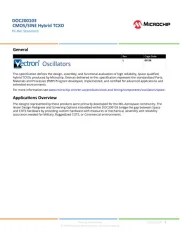
24 Juli 2025
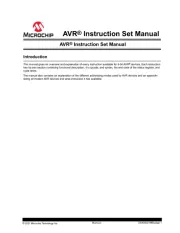
11 Juli 2025
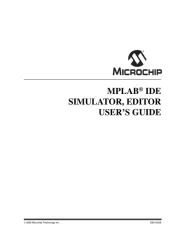
11 Juli 2025
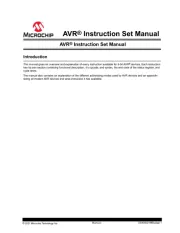
11 Juli 2025
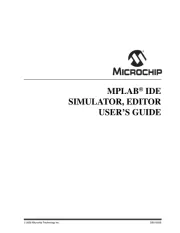
10 Juli 2025
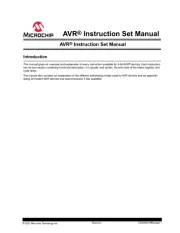
10 Juli 2025
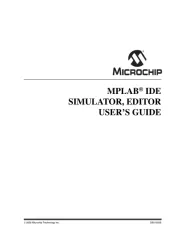
10 Juli 2025
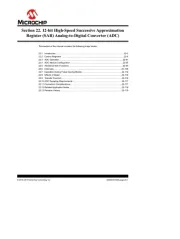
10 Juli 2025
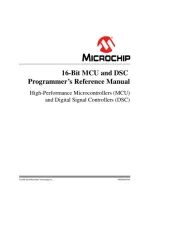
10 Juli 2025
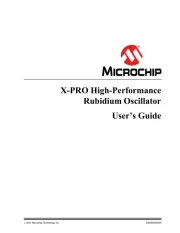
10 Juli 2025
Bedienungsanleitung Nicht kategorisiert
- Proscan
- Comtek
- Tascam
- Wharfedale
- Kupper
- Sunstech
- IMM Photonics
- Propellerhead
- Dash
- Karma
- ProForm
- Salton
- Portkeys
- StarIink
- Whirlwind
Neueste Bedienungsanleitung für -Kategorien-
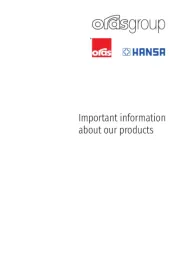
30 Juli 2025
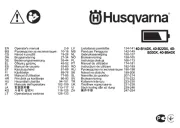
30 Juli 2025
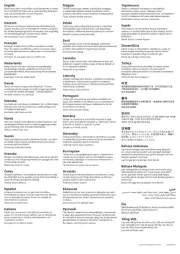
30 Juli 2025

30 Juli 2025
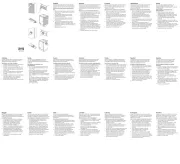
30 Juli 2025
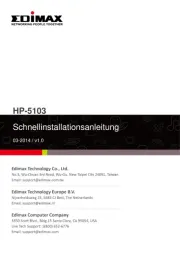
30 Juli 2025
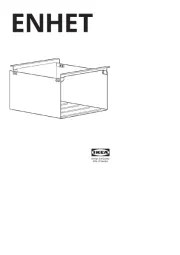
30 Juli 2025
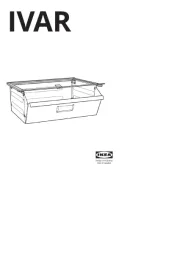
30 Juli 2025
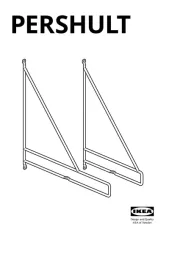
30 Juli 2025
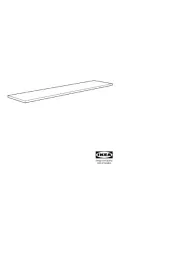
30 Juli 2025